Rising Urbanization
The Aluminium Curtain Wall Market appears to be significantly influenced by the ongoing trend of urbanization. As populations migrate towards urban centers, the demand for high-rise buildings and commercial spaces increases. This trend necessitates the use of curtain wall systems, which provide aesthetic appeal and structural integrity. According to recent data, urban areas are expected to house approximately 68% of the world's population by 2050, driving the need for innovative building solutions. The Aluminium Curtain Wall Market is poised to benefit from this urban expansion, as architects and builders seek materials that offer both functionality and design flexibility. Furthermore, the integration of curtain walls in urban architecture enhances energy efficiency, which aligns with the growing emphasis on sustainable construction practices.
Architectural Innovation
Architectural innovation plays a crucial role in shaping the Aluminium Curtain Wall Market. As architects strive to create visually striking and functional designs, the demand for advanced curtain wall systems continues to rise. These systems allow for greater design flexibility, enabling the incorporation of large glass panels and unique shapes that enhance the aesthetic value of buildings. The market data suggests that the architectural sector is increasingly favoring materials that offer both durability and design versatility. Consequently, aluminium curtain walls are becoming a staple in modern architecture, as they not only meet aesthetic demands but also provide structural support. This trend indicates a growing preference for innovative building solutions that can adapt to diverse architectural styles, further driving the Aluminium Curtain Wall Market.
Energy Efficiency Regulations
The Aluminium Curtain Wall Market is likely to experience growth due to stringent energy efficiency regulations being implemented across various regions. Governments are increasingly mandating the use of energy-efficient materials in construction to reduce carbon footprints and promote sustainability. For instance, regulations that require buildings to meet specific energy performance standards are becoming commonplace. This shift compels architects and builders to adopt aluminium curtain walls, which are known for their thermal performance and ability to minimize energy consumption. The market data indicates that buildings utilizing these systems can achieve energy savings of up to 30% compared to traditional facades. As such, compliance with these regulations not only enhances the market appeal of aluminium curtain walls but also positions them as a preferred choice in the construction industry.
Increased Investment in Infrastructure
Increased investment in infrastructure development is a key driver for the Aluminium Curtain Wall Market. Governments and private entities are allocating substantial resources towards the construction of new commercial and residential buildings, particularly in emerging markets. This surge in infrastructure projects creates a heightened demand for high-quality building materials, including aluminium curtain walls. Market data indicates that infrastructure spending is projected to grow significantly, with many countries prioritizing urban development and modernization of existing structures. As a result, the Aluminium Curtain Wall Market is likely to see a corresponding increase in demand, as these systems are favored for their durability, aesthetic appeal, and energy efficiency. This trend underscores the importance of infrastructure investment in shaping the future landscape of the construction industry.
Technological Advancements in Manufacturing
Technological advancements in manufacturing processes are likely to propel the Aluminium Curtain Wall Market forward. Innovations such as automated fabrication techniques and improved coating technologies enhance the quality and performance of curtain wall systems. These advancements enable manufacturers to produce lightweight yet durable products that meet the evolving demands of the construction sector. Moreover, the integration of smart technologies into curtain wall systems, such as automated shading and energy management systems, is becoming increasingly prevalent. This trend not only improves the functionality of buildings but also aligns with the growing emphasis on smart building solutions. As a result, the Aluminium Curtain Wall Market stands to benefit from these technological developments, which enhance product offerings and cater to the needs of modern construction.


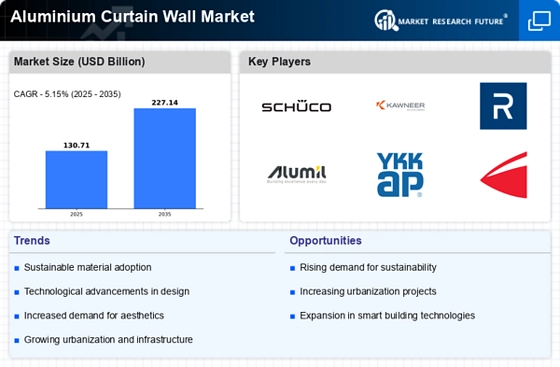

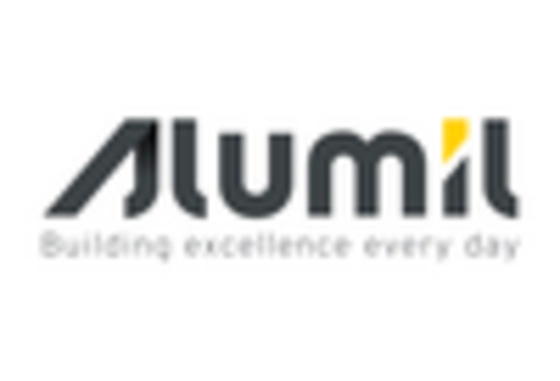
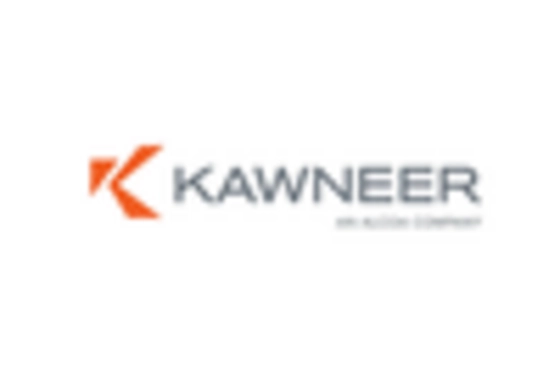
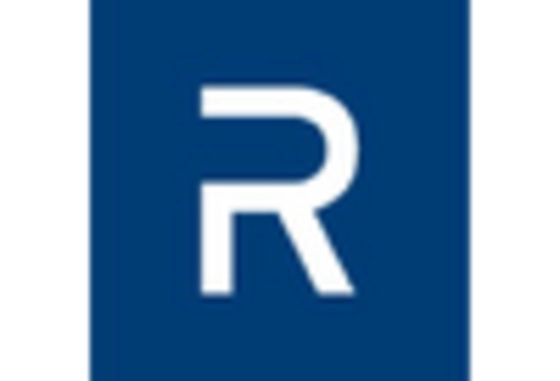
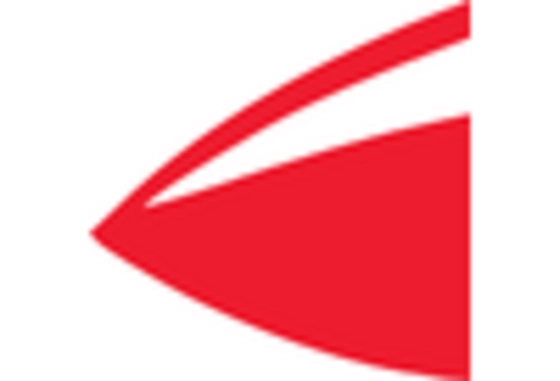
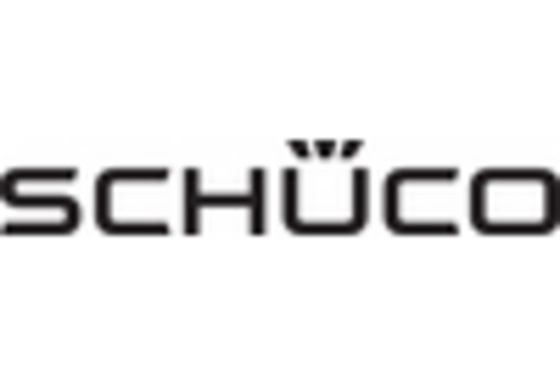
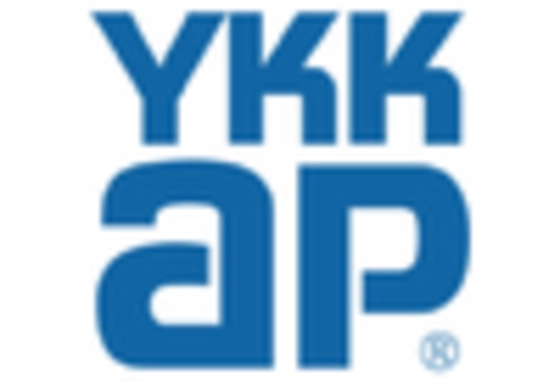








Leave a Comment